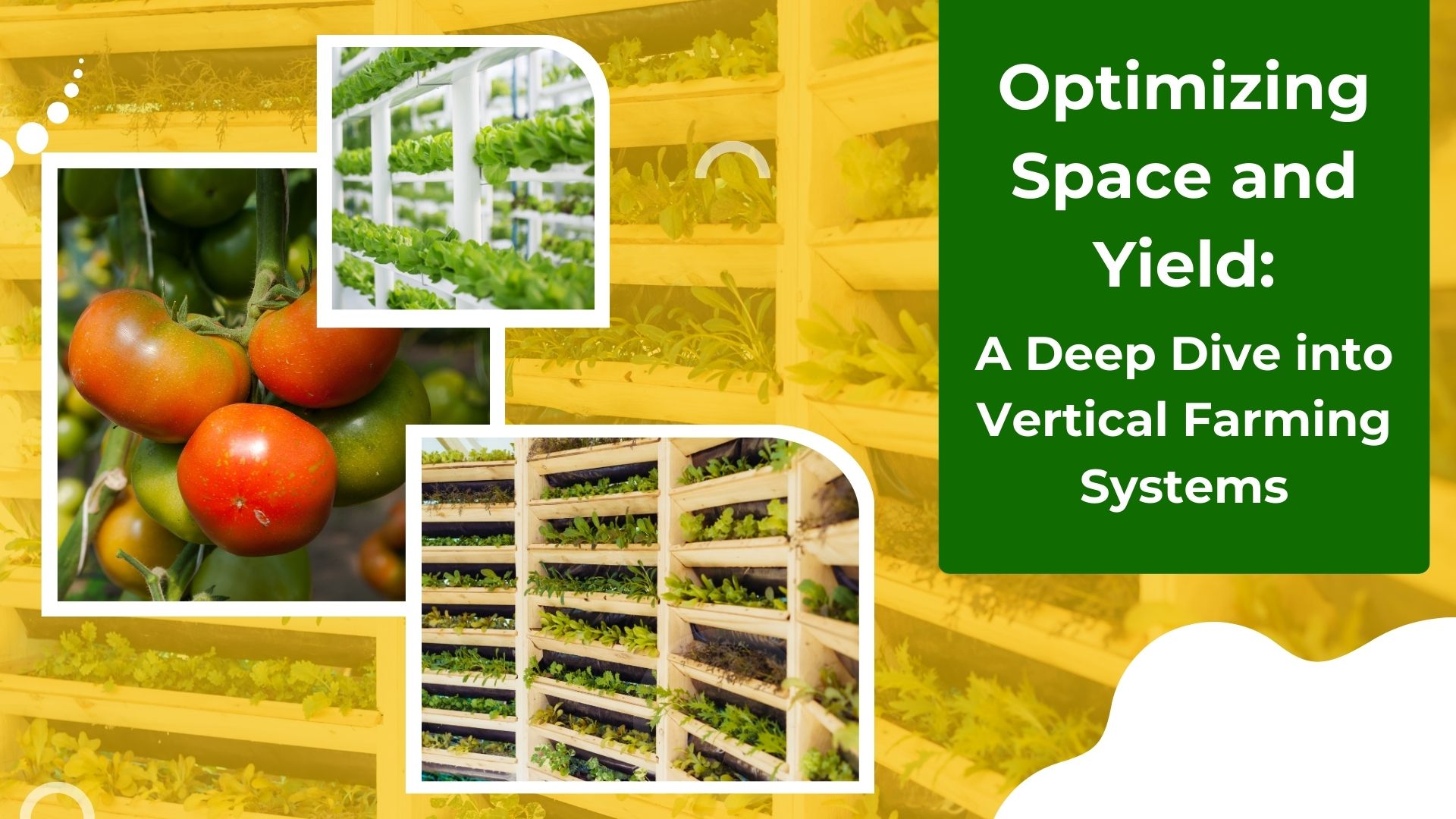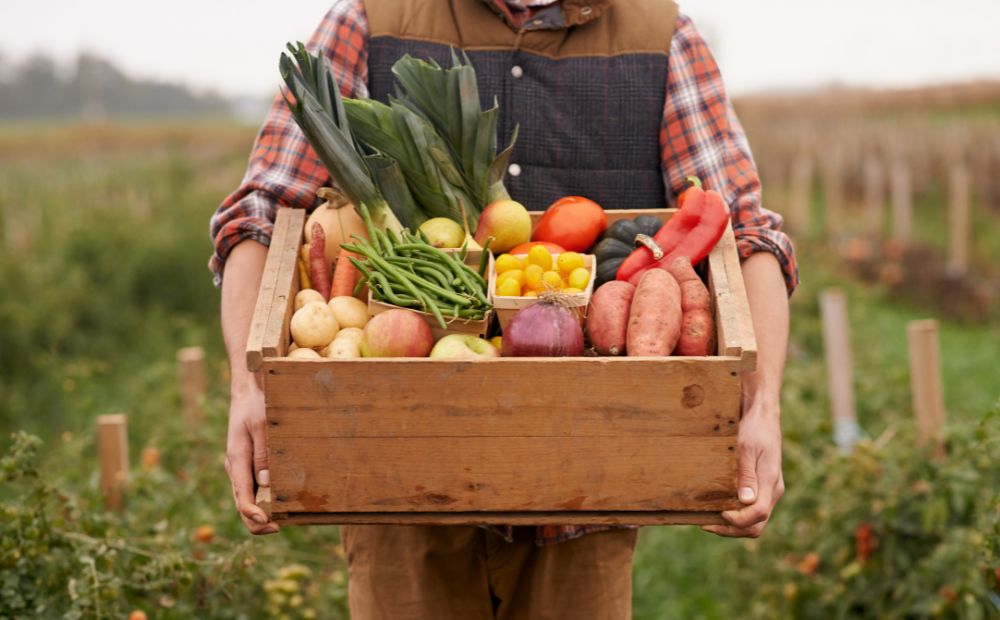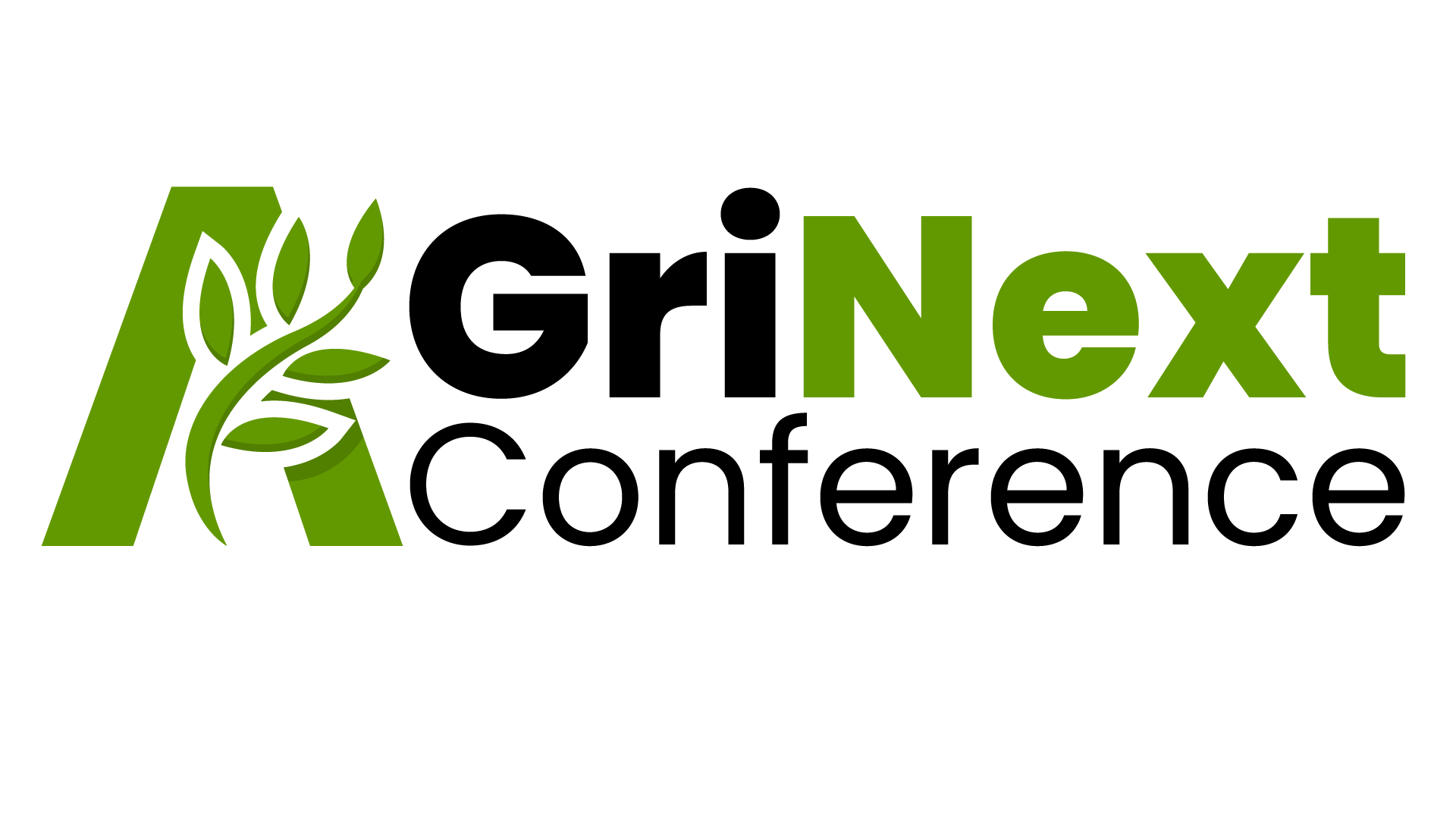
Introduction
Vertical farming is revolutionizing agriculture by maximizing space and yield through innovative systems that grow crops in vertically stacked layers, often in controlled indoor environments. The future of agriculture is changing due to the growing population, which is putting significant stress on the food production ecosystem. Solving this problem through traditional farming alone is unsustainable and potentially harmful to the environment. This urgent need for sustainable solutions is paving the way for revolutionary farming practices—among them, vertical farming stands out as a promising frontier. Here, we will look into how this innovative approach is transforming our approach to agriculture.
Table of Contents

Vertical Farming Systems
The Principles of Vertical Farming
It is based on several key principles:
Hydroponics, Aeroponics, and Aquaponics:
These soilless farming techniques use nutrient-rich water, mist, or fish waste to nourish plants, optimizing water use and enhancing growth rates.
Controlled Environment Agriculture (CEA):
This involves regulating temperature, humidity, light, and CO2 levels to create optimal growing conditions year-round, independent of external weather patterns.
Space Optimization:
By growing crops in vertically stacked layers, vertical farming optimizes the use of available space, resulting in higher crop yields per square foot compared to traditional farming.
Key Systems of Vertical Farming
Dosing System:
In this farming, plants are grown in stacked layers and need the right amount of water and nutrients. The dosing system mixes water with nutrients and delivers this mixture to the plants, ensuring each plant gets the right amount of nutrients and water. Using sensors and timers, the dosing system automatically adjusts the amount of water and nutrients, making the process more efficient and reducing waste.
Sterilizing Systems:
To comply with international food safety regulations, rigorous sterilization and disinfection strategies are necessary in indoor farming to produce pesticide-free crops year-round. The sterilization system cleans water, air, and equipment using methods like UV light, ozone, or chemicals to kill harmful bacteria and viruses, keeping the environment clean and plants healthy.
Lighting System:
Since this is conducted indoors, artificial light is used instead of sunlight. The lighting system provides the necessary light for plant growth, with farmers controlling the type, brightness, and duration of light exposure. Different growth stages require different types of light, and many companies develop special light formulas to enhance plant growth and yield.
Irrigation System:
The irrigation system delivers water directly to plant roots using methods such as drip irrigation or hydroponics. Drip irrigation slowly drips water to the plants, while hydroponics grows plants in a water solution without soil. This system ensures efficient water use, helping plants grow healthy and strong without waste.
Benefits of Vertical Farming
- Space Optimization
- Energy Efficiency
- Pesticide-Free Crops
- Increased Crop Yield
- Reduced Water Usage
- Local Production
- Reliable Crop Production
Challenges of Vertical Farming
High Initial Costs:
Significant investment in technology and infrastructure is required to set up vertical farming systems.
Energy Consumption:
Maintaining controlled environments and artificial lighting can lead to high energy consumption, although advancements in LED technology are mitigating this issue.
Technological Dependency:
Vertical farming relies heavily on technology, requiring significant investments in diverse technologies and equipment. Successful operation also demands specialized knowledge in plant science, engineering, and systems management.
Crop Limitations:
Vertical farming is currently more suited to leafy greens and herbs, with challenges remaining for growing staple crops like wheat and corn due to their size and growth requirements.
Manual Pollination:
Controlled environmental conditions hinder natural pollination, necessitating the costly and delicate task of manual pollination, which is profitable only for certain plants.
Innovations Driving Vertical Farming Forward
Advanced LED Lighting:
Energy-efficient LEDs tailored to specific light spectrum needs of different crops are reducing energy costs and enhancing plant growth.
Automation and AI:
Automation in planting, monitoring, and harvesting, coupled with AI for data analysis, is increasing efficiency and reducing labor costs.
Integration with Renewable Energy:
Combining vertical farms with renewable energy sources, such as solar and wind power, is making these systems more sustainable.
Biotechnology:
Genetic advancements are producing crop varieties better suited for indoor growing conditions, improving yield and resilience.
Popularity of Vertical Farming
The vertical farming market has been experiencing consistent growth worldwide, driven by population growth and urbanization. In 2022, the market reached about $5.6 billion and is expected to rise to over $35 billion by 2032, according to Statista. This surge in market value is largely driven by the popularity of organic food. While still in its early stages, vertical farming is gradually gaining adoption worldwide.
United States:
Leading in the adoption of vertical farming with the highest number of vertical farms. Bowery Farming is the largest vertical farming operation in the country. North America holds the largest share in the global market, expected to exhibit a CAGR of 28.9% during 2023–2031, as per Straits Research.
Asia:
Countries like Japan, China, Singapore, South Korea, Taiwan, and Thailand are adopting vertical farming. Taiwan-based YesHealth iFarm, one of the oldest vertical farms, has the largest indoor vertical farm in Asia
YesHealth Group – Eat Clean, Farm Clean
Europe:
The UK, France, Germany, and the Netherlands are leading adoption, with Europe projected to have a growth CAGR of 26.7% over the next eight years. The UK’s Jones Food Company operates Europe’s biggest vertical farm.
Middle East:
Kuwait and the UAE are making strides in indoor farming, with Badia Farms in the UAE and NOX Management in Kuwait leading the way.
Approaching exciting opportunities with a fresh ideology, Nox Management is dedicated to delivering success across the entire food chain.
Vertical Farming in India: Industry Overview
UrbanKisaan is one of the largest vertical farms in India as it operates several vertical farms in the areas of Hyderabad and Bangalore. In India, there are several local vertical farming companies such as UrbanKisaan, Clover, Living Food Company, Triton Foodworks, UGF (Urban Green Fate) Farms, and Barton Breeze
Vertical Farming Companies
Several companies are at the forefront of vertical farming innovation:
AeroFarms:
Focuses on developing sustainable, efficient, and scalable farming solutions. AeroFarms grows a wide range of leafy greens and uses AI and plant biology to improve fresh produce growth and distribution.
CubicFarms Systems Corp:
A Canadian company specializing in automated indoor growing systems, including the CubicFarm System for fresh produce and the HydroGreen Grow System for livestock feed.
AgriCool:
A French start-up that grows local, pesticide-free fruits and vegetables using a closed-loop water system, LED lights, and recycled shipping containers.
Bowery Farming:
Uses indoor vertical farming to produce crops like strawberries and lettuce, which are available at major retailers like Walmart, Safeway, WholeFoods, FreshDirect, and Amazon.
Intelligent Growth Solutions
Intelligent Growth Solutions (IGS) Secures £22.5 Million for Global Expansion and Announces Leadership ChangesScotland-based Intelligent Growth Solutions (IGS) has announced a major milestone in its journey towards revolutionizing agriculture. The company has secured £22.5 million in a Series C fundraise, which will support its ambitious plans for global expansion. This investment will enable IGS to deploy its cutting-edge vertical farming technology to customers worldwide.
Andrew Lloyd, former Deputy CEO, takes over from David Farquhar as CEO to lead IGS. He said:
“This year will be transformational for IGS as we prepare to deploy the most advanced indoor farm in the world. The scale and scope of the opportunity in the Middle East promises to be market-defining and will begin to make a genuine difference to food security. With the backing of our institutional investors and shareholders, we are equipped to deliver this game-changing project.”
Conclusion
Vertical farming is poised to change the agricultural landscape, offering fresh local produce and increasing food production as the world’s population surpasses 8 billion. While time and money remain the biggest hurdles, early adopters of vertical farming may have an advantage in maximizing yield with minimal use of natural resources. Vertical farming represents a promising solution to the global challenge of sustainable food production.
By maximizing space and yield, these innovative systems offer a way to produce fresh, local, and pesticide-free food year-round. Despite significant challenges, ongoing advancements in technology and sustainable practices are paving the way for a future where vertical farming plays a crucial role in global food security.
Signup For AgriNext Conference Newsletter





